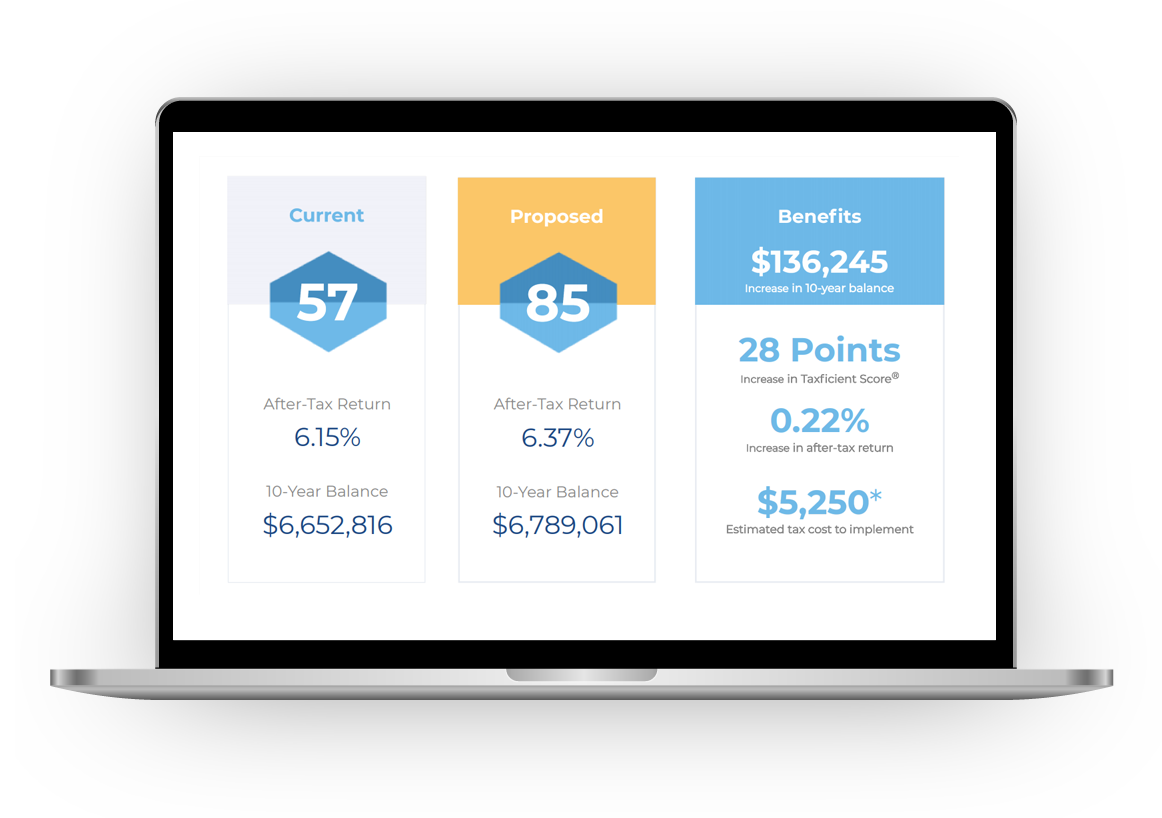Unified Managed Household
Managing portfolios and income account-by-account is no longer in the best interest of the client. Now, it’s all about the household.
Managing every asset at the household level has been a universal challenge for the industry. Legacy technology was created to manage individual accounts, not coordinate them together to get the best possible outcome for the client.
There have been many names for this “pipe dream” over the years. But the one that landed is Unified Managed Household (UMH).

Unified Managed Account vs Unified Managed Household
First, let’s break down the hierarchy of accounts.
UMH ▶ UMA ▶ SMA
A separately managed account (SMA) can be a piece of a UMA or UMH but is a step back in complexity. An SMA uses one asset allocation to drive the holdings in the account. Like 60/40 stocks to bonds for example.
A Unified Managed Account (UMA), not to be confused with a UMH, is a managed account that includes multiple different types of investments. These can include:
- ETFs
- Stocks
- Mutual Funds
- Bonds
- Commodities
- Options
- Separately managed accounts
A UMA can include a separately managed account, but also includes other types of investments alongside it to further diversify the investor’s portfolio. These additional investments would be outside of any asset allocation-driven SMAs.
A UMH is the gold standard of wealth management today. It includes taking all assets, accounts, and holdings from a client’s household and coordinating them to get the best possible return for the client.
This starts with minimizing taxes through a variety of tax-efficient investment strategies like asset location, tax harvesting, tax-smart rebalancing, and coordinated income sourcing. Doing this early on in an investor’s journey can save them 33% on taxes over time, resulting in a significant increase to their after-tax returns.
A UMH also includes coordinating revenue from non-traditional places, like real estate, insurance, and Social Security. These discussions about the full retirement income picture for clients are key to their success in retirement. Not to mention, the trust built from these strategic conversations can last a lifetime.
Account Aggregation Is Not Enough for Household Management
Account Aggregation is simply a UMA. It involves getting all accounts under a single view so the advisor and client can theoretically create a coordinated plan. But this is often where the conversation ends. Leaving money on the table (from a lack of preparation and coordination) and real potential issues for clients when they move to the decumulation phase of their investment life.
Household management is about taking the “unified” view of an investor’s accounts and managing them together. Different accounts have different tax treatments, and there is a right and a wrong place to hold an investment if you’re trying to maximize your returns.

If You Can’t Quantify, Did It Really Happen?
When it comes to household management, quantification matters. Even for advisors who have been manually executing household strategies for years, they’ve never had a way to show investors, “the moves we’re making now may cost you $5,000 in taxes this year, but we’ll be able to increase your retirement income by $150,000 over the next 15 years.”
It’s always been, “trust me. We’re making great moves.” But from experience, the conversation is always different when you can put a number on it.
Taking it a step further, it’s not just the overall dollar impact on the portfolio that matters. It’s also the incremental improvements that show clients you’re making progress.
LifeYield creates that blueprint for you. Using our proprietary Asset Location Score, LifeYield measures the tax efficiency of a household portfolio in seconds, then creates a step-by-step blueprint for increasing the score. Each step includes an overall score increase and the future dollar amount the portfolio could realize as a result.
If a tree falls in the forest but no one is around to hear it, did it make a sound? The jury is still out on this. But when it comes to complex wealth topics like household management, this blueprint – and the numbers that come with it – are critical to building the trust needed to execute this plan through retirement.
Why Unified Managed Households Are Important
After being in the workforce for a few years, many investors have 5+ accounts held at different institutions – sometimes even managed by multiple advisors. This is a recipe for uncoordinated and mismanaged household wealth.
With tax laws changing quickly, inflation and cost-of-living rising, Social Security at a crossroads, and an influx of baby boomers retiring, the investment landscape has never looked so uncertain. It’s never been more important to try and maximize the total income clients will receive in retirement.
But more income for clients doesn’t mean beating the market with the investments your firm makes with their portfolio. It means pulling every lever within your control to ensure that clients keep as much of their money as possible. A study by E&Y shows the impact of tax-smart household management, finding that it can increase after-tax returns by 33% over the long term.

LifeYield and the True UMH
LifeYield’s mission is to make a UMH real. For the last 12 years, LifeYield has focused on creating APIs that measure and improve household tax efficiency in a variety of ways.
We do this through asset location, multi-account rebalancing, tax-smart withdrawals, tax harvesting, maximizing Social Security, and visualizing all retirement income streams for clients.
The LifeYield UMH Suite is the industry’s first API library for the Unified Managed Household and includes:
-
LifeYield Asset Location
Measures the tax efficiency of a household portfolio, provides next best actions for reducing tax drag, then quantifies the benefit in dollars.
-
LifeYield Multi-Account Rebalancing
Operates alongside your current rebalancing technology to incorporate multi-account tax harvesting and automated asset location optimization.
-
LifeYield Tax-Smart Withdrawals
Executes optimized withdrawals from multiple accounts by selling mislocated assets, minimizing drift and identifying opportunities to harvest losses.
-
LifeYield Tax Harvesting
Works with our asset location, rebalancing and withdrawal technology to scan all taxable and non-taxable accounts and instantly identify opportunities to harvest gains or losses.
-
LifeYield Social Security+TM
Identifies the optimal filing strategy for each client, then enables the transition to a full retirement income planning conversation with visual Income Layers.